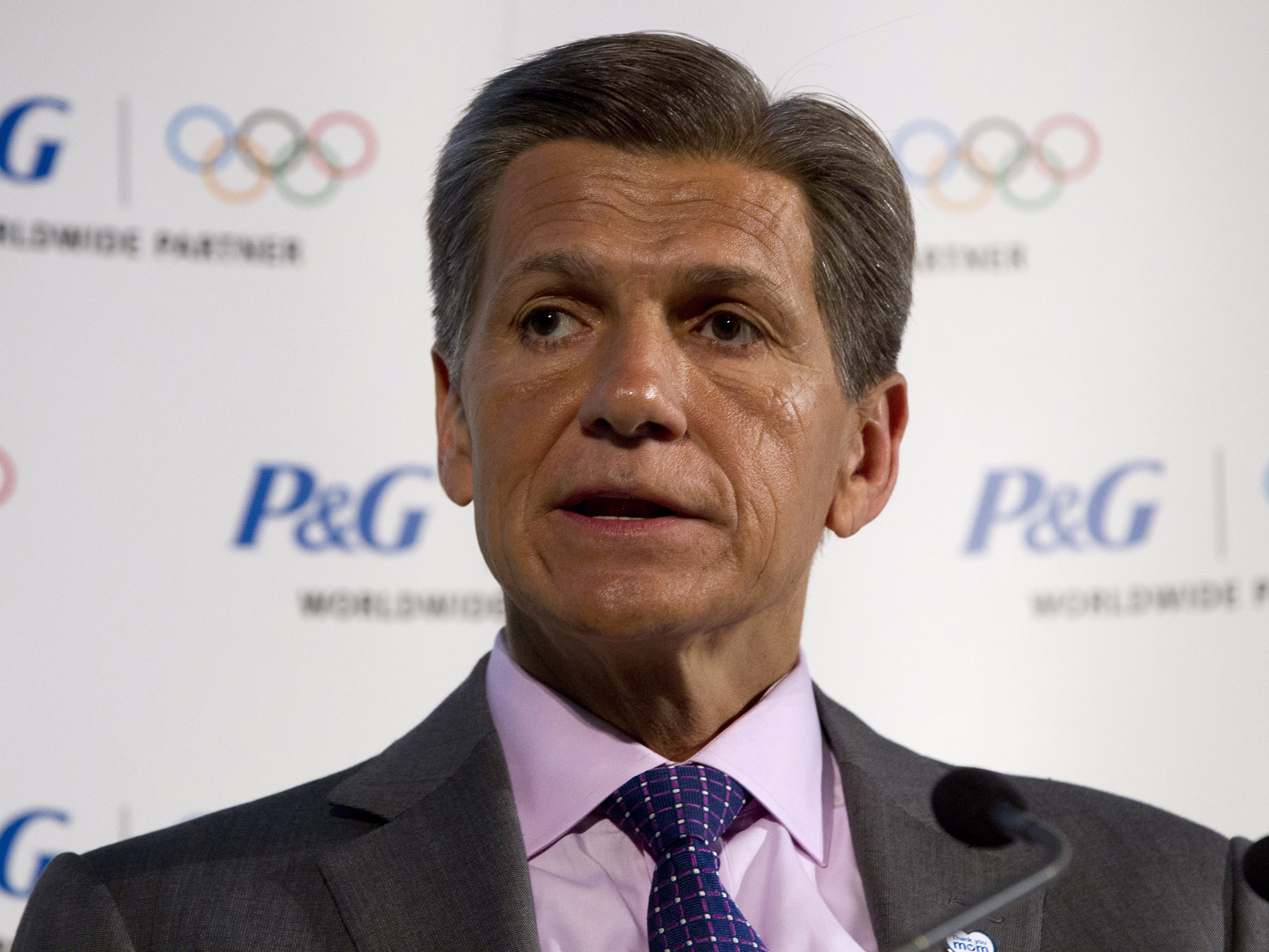Procter & Gamble and Unilever have both aggressively pushed for more transparency in the murky digital media landscape in recent years, even threatening to pull back on digital spending unless the system is cleaned up. And now, it seems like the world’s biggest advertisers are putting their money where their mouths are.
Both P&G and Unilever appear to have pulled back on their digital spending, materially reducing their budgets as well as the number of sites they buy on. According to estimates from MediaRadar, a New York-based advertising intelligence company, P&G’s ad spend dropped 41% year-over-year, while Unilever’s dropped 59%.
While P&G ran ads on 1,459 sites between January and May 2016, that number dropped to 978 sites in the same period in 2017-a decline of 33% in sites featuring P&G ads year-over-year. Unilever, on the other hand, advertised on 606 sites between January and May 2016, which fell to 540 sites in 2017, representing an 11% drop in websites featuring Unilever ads. P&G and Unilever do not break down their digital ad spend publicly.
In terms of spend, P&G ran ads on 712 of the same websites between 2016 and 2017, including Yahoo News, BuzzFeed and Reuters, among others. But it reduced spend on 560 of them, according to MediaRadar, a 79% drop in spending from 2016. Unilever ran ads on 268 of the same sites year-over-year, including NBC News, Health and Time. But it reduced the spend by 57% on 155 of those sites.
“Advertisers are demanding more transparency from agency, publisher and technology partners, and given problems for both Facebook and YouTube, those demands have only grown louder in in recent months,” said Todd Krizelman, CEO & Co-Founder of MediaRadar. “According to our data, this has caused a handful of major advertisers to materially reduce the number of sites they buy on, and their budgets too.”
MediaRadar tracks digital spend by taking inputs from several key variables, including the type of ad unit, the position of an ad on a web page, how often the ads appear and what they typically cost based on industry averages. The firm calculates the price for each individual ad it tracks and then sums them up to measure the full estimate for spend.
While placing ads on fewer sites does not always mean a brand is reducing their investment, there is a strong correlation, said Krizelman. He declined to disclose raw numbers for Unilever and P&G, but said that the data showed that both brands are reducing spend and the number of sites they advertise on.
Unilever CMO Keith Weed reiterated the need for brands to pay closer attention to their use of automated ad-buying just last week, speaking at Cannes Lions, one of advertising's biggest annual gatherings. "We need to make sure the digital supply chain is less murky," he said, speaking at a panel hosted by The Wall Street Journal on Wednesday.
Marc Pritchard, chief brand officer at P&G, too has consistently voiced his concerns about the murkiness of digital advertising and confusing agency contracts. "At P&G, we are choosing to vote with our dollars," he said at the Association for National Advertisers media conference in March.
As advertising budgets swiftly move from TV to digital-where advertisers are now spending $72 billion a year according to eMarketer- the noose can be expected to tighten further. But for giant consumer packaged titans like Unilever and P&G with a diverse range of brands-from Axe and Dove to Ariel and Crest-in their portfolio, it may mark a shift back to mass advertising rather than the hyper-targeting that digital advertising offers, said Ben Kunz, svp of marketing and content at media agency Mediassociates.
"Given the recent scandals of transparency and quality in digital advertising, brands that sell commodities to the masses may decide a return to mass communications still hits the mark," he said. "Because the audience target for P&G and Unilever is relatively 'flat' in needs and value, the mass approach of non-digital advertising such as TV may work fine for them."

